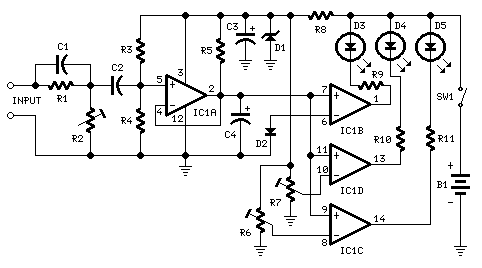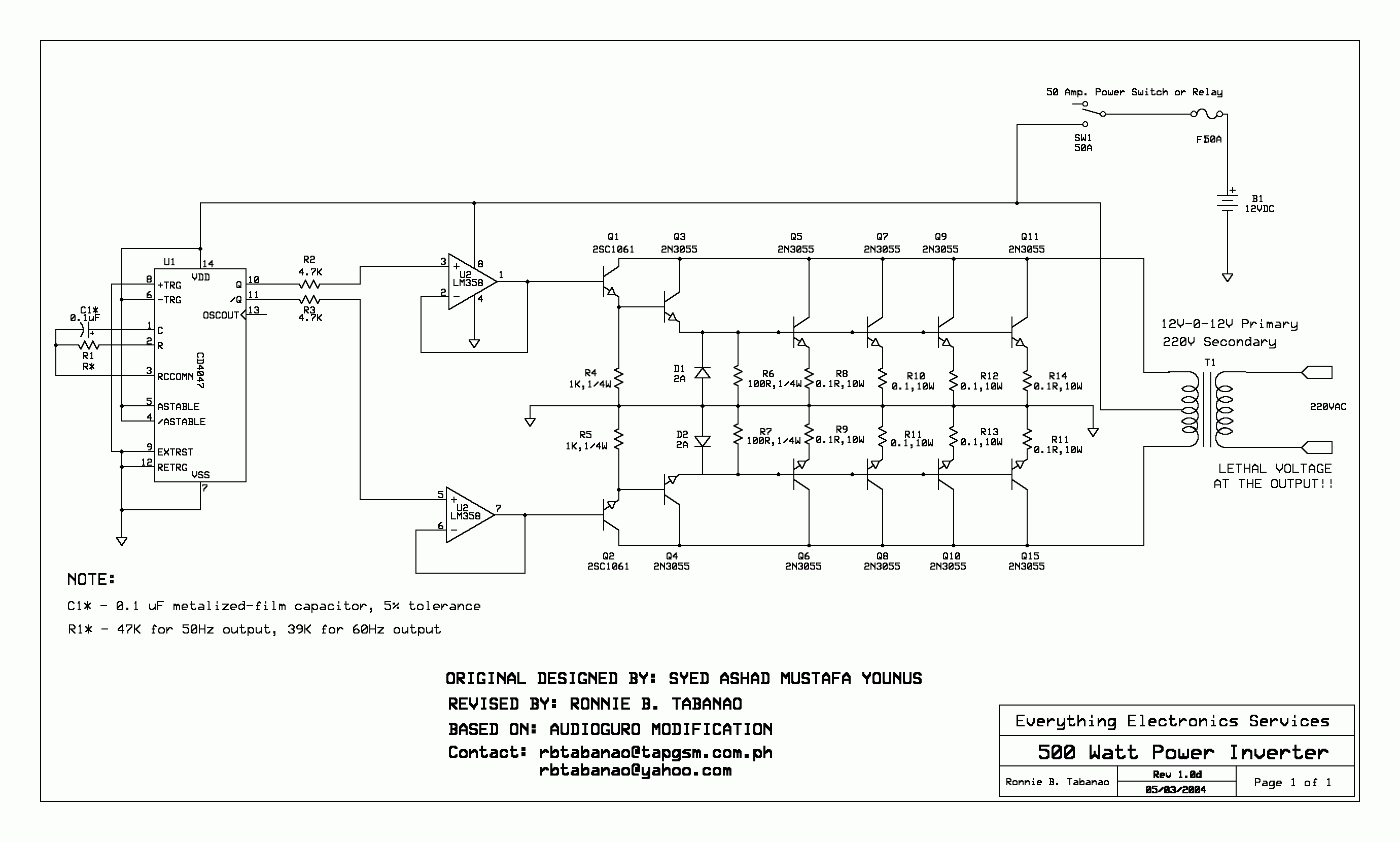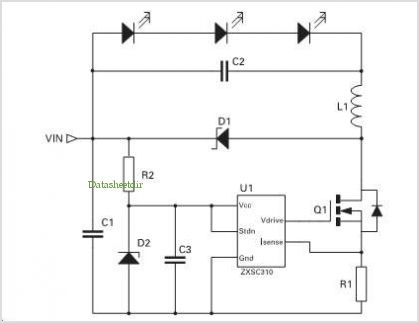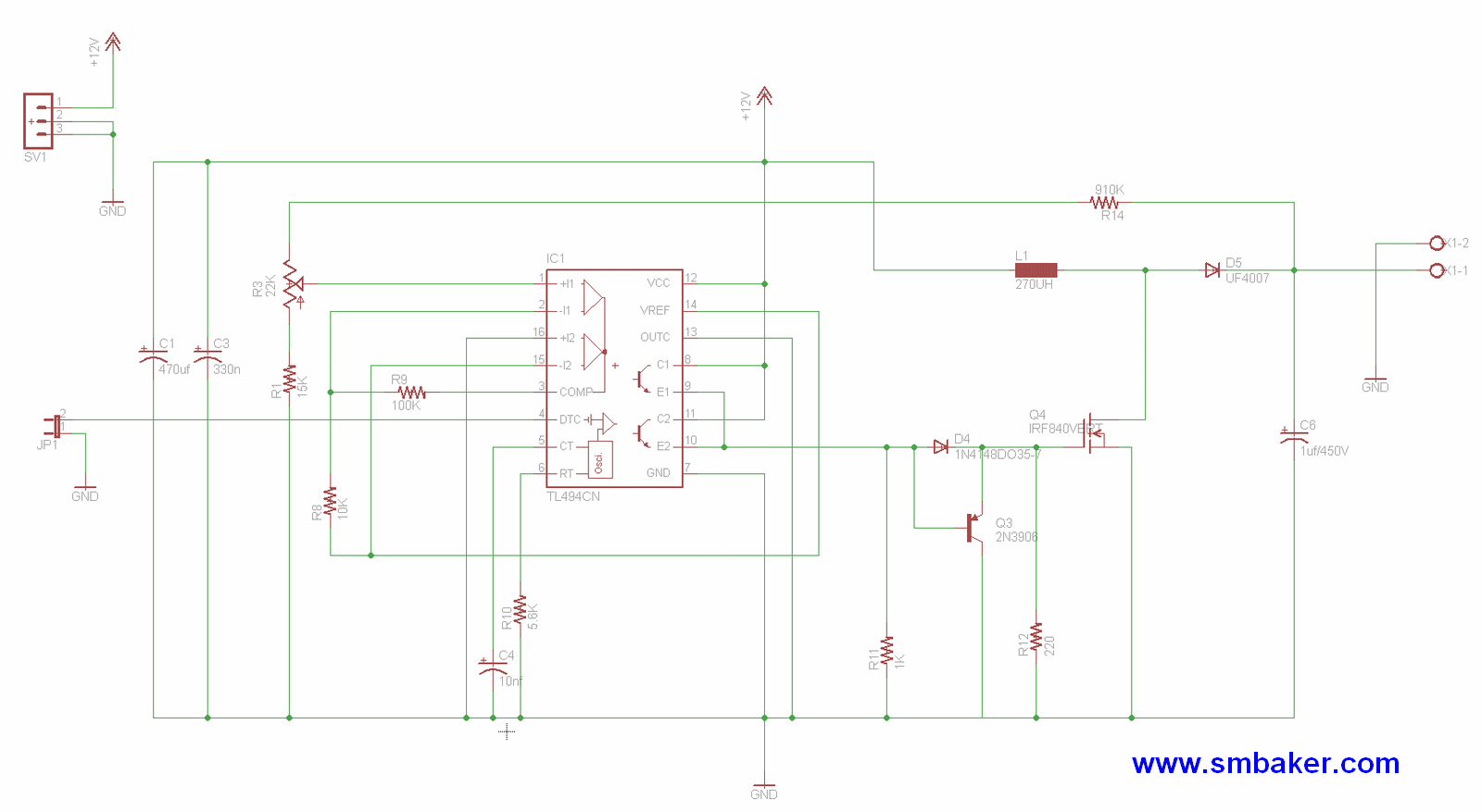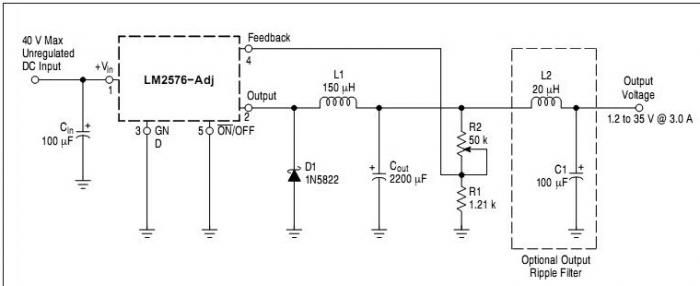
220V Power Line Interface
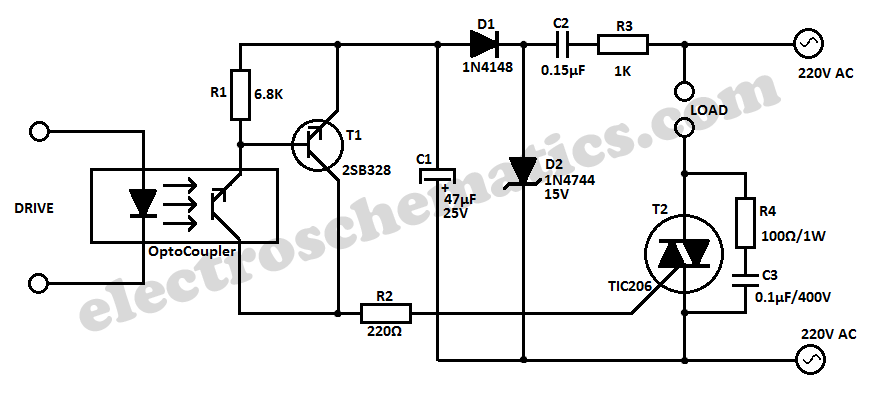
This simple 220V power interface is designed for monitoring electrical equipment and devices using a computer. The interface only detects whether the monitored device is powered on or off. A key feature of this circuit is the galvanic isolation between the AC main line being monitored and the computer interface. This isolation is achieved through the use of the optocoupler IC TIL111, although a suitable replacement can also be utilized. To eliminate the need for circuit modifications for each monitored device, the circuit directly monitors the device's AC power line. The resistor R1 allows a current of approximately 0.5 mA to flow through the LED of the optocoupler. The remaining current is rectified by diode D1, resulting in a half-wave rectified current to the optocoupler LED. Consequently, the phototransistor component of the optocoupler receives light impulses of around 100 µA. Capacitor C1 serves to filter out current pulsations, ensuring a smooth output current. If current pulsations are desired, capacitor C1 can be removed.
This 220V power interface circuit serves as an effective tool for monitoring electrical devices while ensuring safety through galvanic isolation. The optocoupler, specifically the TIL111, is integral to the design, providing necessary isolation between high voltage AC lines and low voltage digital systems. The circuit's design allows for direct monitoring of the device's AC power line, which simplifies the integration process for various devices without requiring modifications to the circuit.
The resistor R1 is crucial for limiting the current flowing through the optocoupler's LED, ensuring it operates within safe parameters. The choice of a 0.5 mA current helps to optimize the performance of the optocoupler while maintaining sufficient brightness for the LED to trigger the phototransistor effectively. Diode D1's role in rectifying the current is essential for converting the AC signal into a usable form for the optocoupler, allowing it to function correctly even in the presence of AC voltage fluctuations.
The output from the optocoupler's phototransistor can be connected to a microcontroller or a computer interface, enabling the monitoring system to detect the on/off status of the connected device. The use of capacitor C1 is also noteworthy; it smooths out any ripples in the output current, providing a stable signal for further processing. However, in applications where the detection of rapid changes in the on/off status is required, removing C1 can allow the system to respond more quickly to these changes.
Overall, this circuit design is well-suited for applications in industrial and home automation systems where monitoring of electrical devices is necessary, providing both safety and efficiency in operation.This simple 220V power interface is intended as an interface for monitoring electric equipments and devices using a computer. The interface only senses whether the device being monitored is turned on or off. The most important aspect of the circuit is the galvanic isolation between the AC main line being monitored and the interface to the computer
. This is done with the use of the optocoupler IC TIL111 but a suitable replacement can be used too. To avoid having to modify the circuit for each device being monitored, the circuit monitors the device`s AC power line directly. The resistor R1 lets a current of around 0. 5 mA through the optocoupler LED. The other half of the current is rectified through the diode D1. It is obvious that the current to the optocoupler LED is half wave rectified. This means that the phototransistor part of the optocoupler receives only light impulses of around 100uA.
The capacitor C1 filters out the current pulsation and maintains a smooth output current. In case the current pulsation is needed, just remove C1. 🔗 External reference
This 220V power interface circuit serves as an effective tool for monitoring electrical devices while ensuring safety through galvanic isolation. The optocoupler, specifically the TIL111, is integral to the design, providing necessary isolation between high voltage AC lines and low voltage digital systems. The circuit's design allows for direct monitoring of the device's AC power line, which simplifies the integration process for various devices without requiring modifications to the circuit.
The resistor R1 is crucial for limiting the current flowing through the optocoupler's LED, ensuring it operates within safe parameters. The choice of a 0.5 mA current helps to optimize the performance of the optocoupler while maintaining sufficient brightness for the LED to trigger the phototransistor effectively. Diode D1's role in rectifying the current is essential for converting the AC signal into a usable form for the optocoupler, allowing it to function correctly even in the presence of AC voltage fluctuations.
The output from the optocoupler's phototransistor can be connected to a microcontroller or a computer interface, enabling the monitoring system to detect the on/off status of the connected device. The use of capacitor C1 is also noteworthy; it smooths out any ripples in the output current, providing a stable signal for further processing. However, in applications where the detection of rapid changes in the on/off status is required, removing C1 can allow the system to respond more quickly to these changes.
Overall, this circuit design is well-suited for applications in industrial and home automation systems where monitoring of electrical devices is necessary, providing both safety and efficiency in operation.This simple 220V power interface is intended as an interface for monitoring electric equipments and devices using a computer. The interface only senses whether the device being monitored is turned on or off. The most important aspect of the circuit is the galvanic isolation between the AC main line being monitored and the interface to the computer
. This is done with the use of the optocoupler IC TIL111 but a suitable replacement can be used too. To avoid having to modify the circuit for each device being monitored, the circuit monitors the device`s AC power line directly. The resistor R1 lets a current of around 0. 5 mA through the optocoupler LED. The other half of the current is rectified through the diode D1. It is obvious that the current to the optocoupler LED is half wave rectified. This means that the phototransistor part of the optocoupler receives only light impulses of around 100uA.
The capacitor C1 filters out the current pulsation and maintains a smooth output current. In case the current pulsation is needed, just remove C1. 🔗 External reference
Warning: include(partials/cookie-banner.php): Failed to open stream: Permission denied in /var/www/html/nextgr/view-circuit.php on line 713
Warning: include(): Failed opening 'partials/cookie-banner.php' for inclusion (include_path='.:/usr/share/php') in /var/www/html/nextgr/view-circuit.php on line 713
